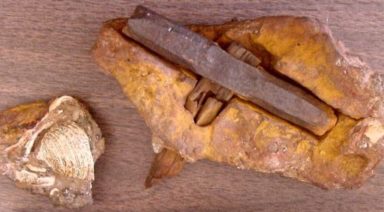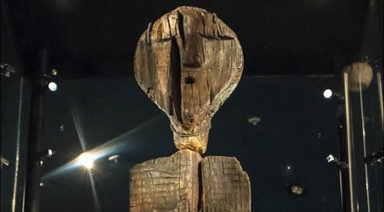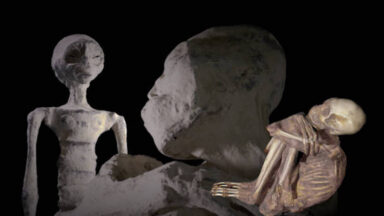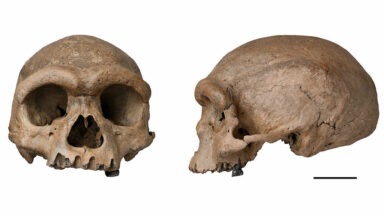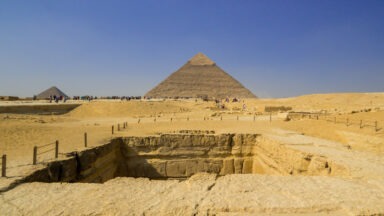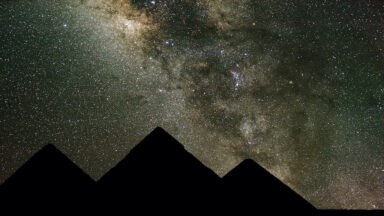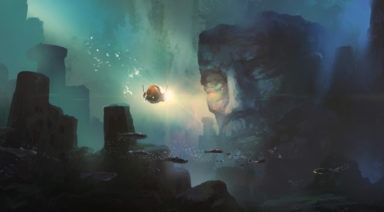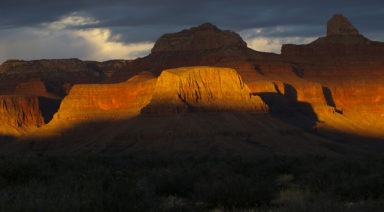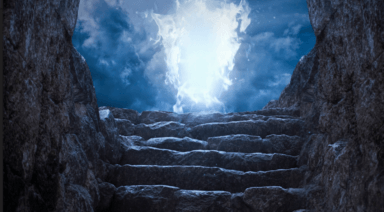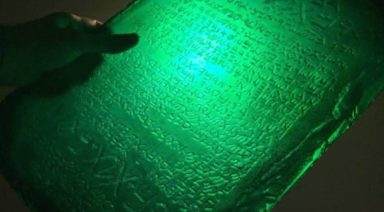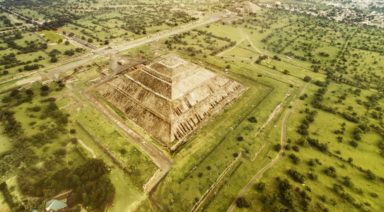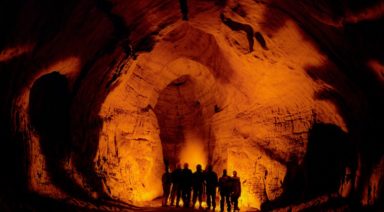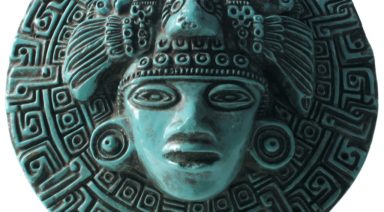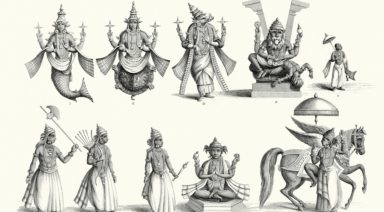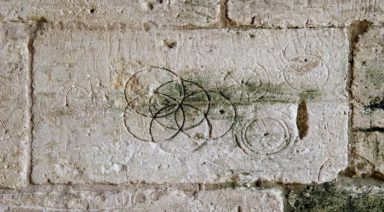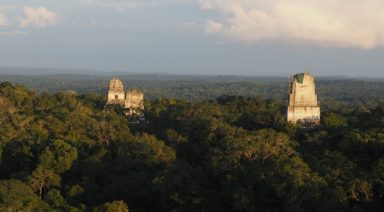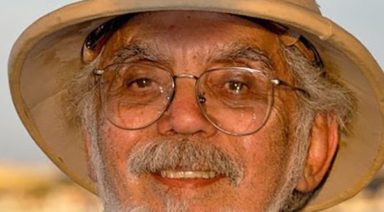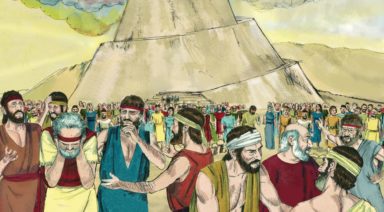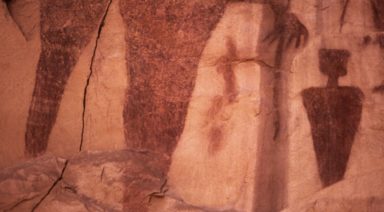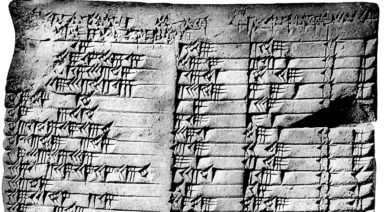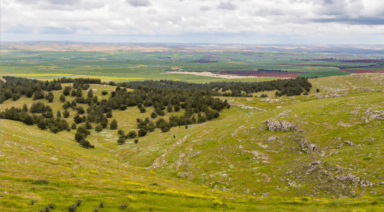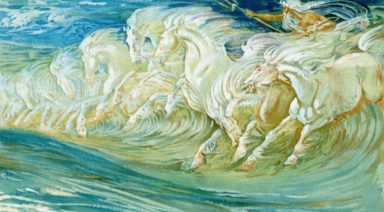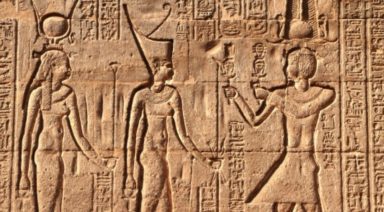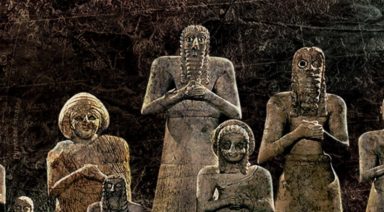Ancient Cave Painters Starved Themselves of Oxygen to Hallucinate
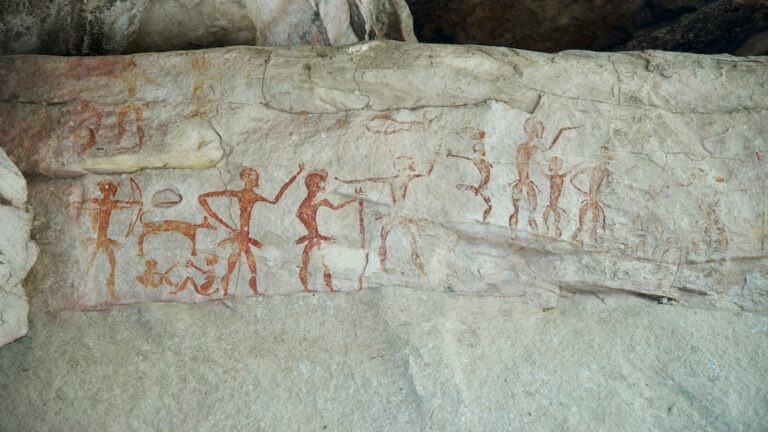
Did pre-historic man communicate with non-human entities? An exciting new archeological study may have just found an answer.
Caves have always been a source of fascination, as have the paintings drawn in them by the earliest humans. There’s been much debate among archeologists over the meaning of the paintings as well as why so many were made in the deepest, hard-to-reach parts of the caves.
A team from Tel Aviv University set out in search of the answer.
Archeologist Ron Barkai led the study which focused on caves painted in Spain and France some 40,000 years ago.
“We were wondering about human relationships with caves. Caves are not only shelters from the elements. We believe that caves had much more deeper meanings for early humans. And the riddle why people entered deep, dark caves was always on the table. “Barkai said.
“And then we came to realize that the use of torches must have reduced the level of oxygen inside the caves, which brings a well-known phenomenon which is called hypoxia. And one of the consequences of hypoxia is an altered state of consciousness,” he said.
Watch more:
The London Hammer: Is It An Out of Place Artifact?
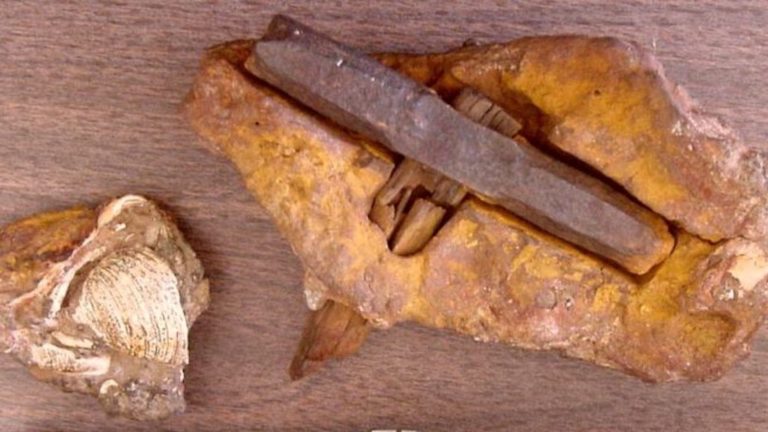
What could be so unusual or controversial about the discovery of an iron hammer encased in ancient rock? After all, archaeologists have discovered historical artifacts for as long as humans have been searching for their ancient roots. But what happens when an object defies historical study and appears to exist as a kind of time traveler in the mysterious realms between worlds? For what is known as the “London Hammer,” the world has been wrangling with a seemingly ordinary household tool steeped in mystery, archaeological wonder, and with many unanswered questions.
Alleged to date back more than 400 million years, the London Hammer, or as it is also called the London Artifact, can be looked at as a study of how the modern and ancient worlds can connect and collide. How else can we explain that an obviously human-made instrument linked to the late 1800s that never rusted despite the wood transforming into coal?
How could the London Hammer withstand typical aging impacts like oxidation, and what explanations exist for its discovery in a rock formation predating human existence? Perhaps it’s best to begin with its claimed discovery location – the small town of London, Texas.
London Hammer — From Texas to the World Stage
For Max and Emma Hahn, it was a summer day like many others. In 1936, the Texas couple took a hike along Red Creek near London, Texas, a tiny community located in the center of the Lone Star State. But the hike turned out to be like no other the Hahns had ever experienced. Not because of the weather or the beauty of the landscape but because they discovered a strange piece of wood encased in what seemed to be an unusual formation of rock.


